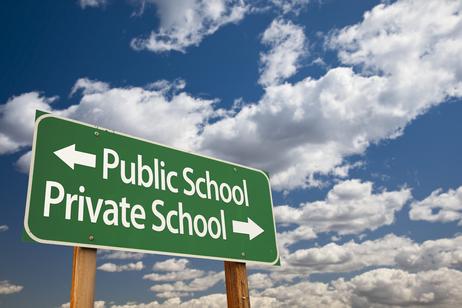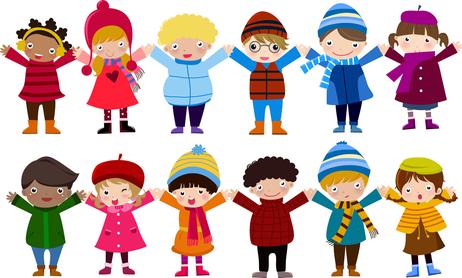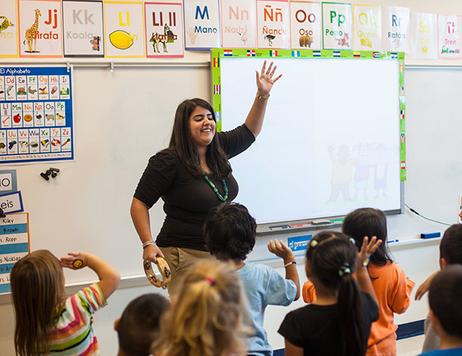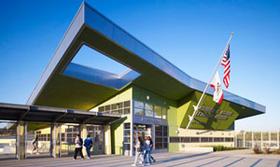The age-old question of where to send your child to school, if you’re fortunate enough to have a choice, is one that has been debated for ages. Do you go the private school route to give your child smaller class sizes, more rigorous learning experiences, and a better shot at an upper-tier college? Or do you opt for the public school option, where your child will experience more diversity among their classmates and have more opportunities for exploring academic and extracurricular activities? No doubt, private schools, and public schools have their advantages and disadvantages, which help create a vastly different school experience for your child.
The School Experience
Obviously, there are sharp contrasts in the type of experience your child will have at a public or private school. In private school, your child will likely be in classes with fewer students, with a teacher that is more likely to report enjoying his or her job, and at a school that is more likely to have modern resources, including supplies and textbooks that are relatively new, if not brand new. The curriculum is driven at the school level, with teachers having more say regarding what is taught and how they teach it. Private school students also engage in more physical activities and eat healthier school meals than do public school students.
Conversely, public school students are more likely to attend a school that is socially, racially, and economically diverse. Public school students take part in a curriculum






















